That crowd cheering and dancing? That could very well be Mari Van Rooy bringing joy to Valletta's streets with his late 19th century terramaxka instrument.
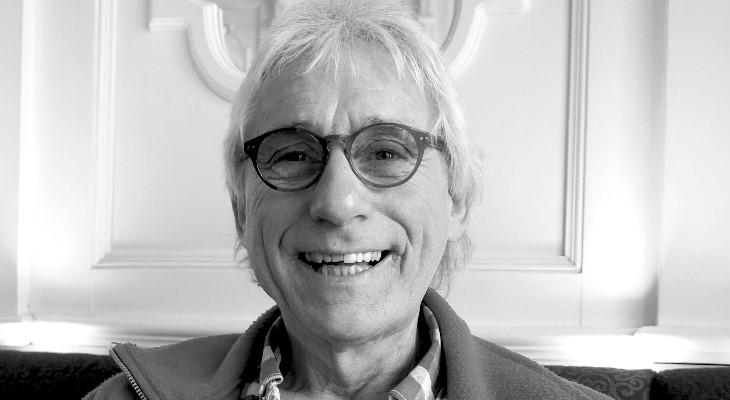
Andrew Chubb
There were no radios in the late 19th century, and local bands were in an infancy stage. As a result, live entertainment in different forms was highly sought after. The terramaxka is an old instrument which was very popular in the Maltese islands during this time, forming an integral part of the traditional festas, carnivals, and everyday life.
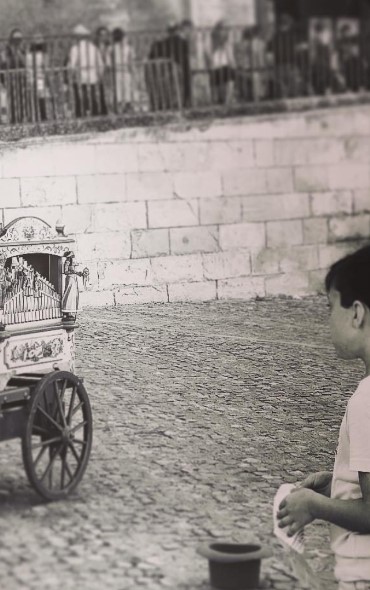
@silvanaic
As a boy growing up in Holland, Mari Van Rooy was smitten by the terramaxka, marvelling in its ornately cheerful design and the happiness it left in its wake, wherever it went.
Mari came to Malta for the first time in 1977. He was working on a ship at the dry docks when he experienced the island through fresh eyes. As with so many expats living on the island, Mari fell in love with and married a Maltese lady, and settled here. And while he has carried on working with ships which take him to all corners of the world, his hobby is to play his restored terramaxka on Maltese streets and functions.
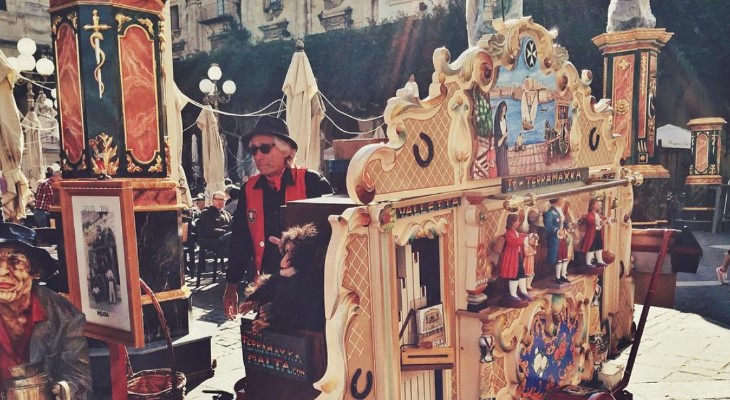
@lisa_attard
Mari's first terramaxka dated back to 1929, which he restored himself to be used in public as it was used throughout the past century. Way past its glory days of playing on the streets of Amsterdam, it was in a bad state and immediately needed repair. Mari restored the instrument in the city, and towed it behind his car all the way back to Malta.
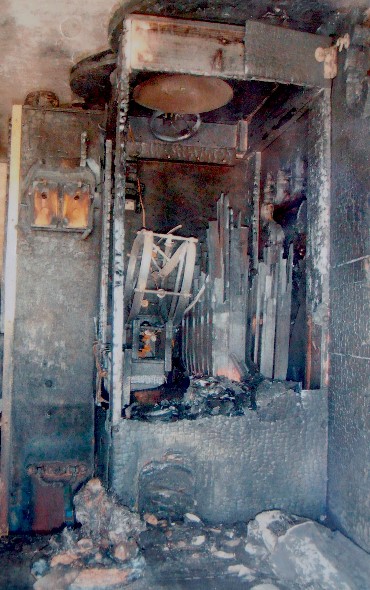
Mari Van Rooy
In 2012, the garage in which it was stored burned down, disintegrating the beautiful instrument with it. This didn't stop Mari. He purchased a new one which began its life in Paris. Again, he restored it in Amsterdam and painstakingly towed it to Malta.
The organ - including the decorations and instruments - is made entirely of wood. Music is created by means of air passing through different pipes, while music notes manually control which and how long air passes through each pipe. Musical notes are comprised of pieces of metal jotting out from the cylinder - the musical note being played according to where the extra piece of metal is in respect to the length of the cylinder. The length of the song is the circumference of the cylinder, as it can only go round once, and then start the same song again. In 1892, organs shifted from the cylinder system to the perforated book system, which revolutionised the way it worked as it was much cheaper to produce since it was made of cardboard, and it could play much longer songs (minutes as opposed to seconds). As a result, you could have a much larger variety of songs which played for a very long time.
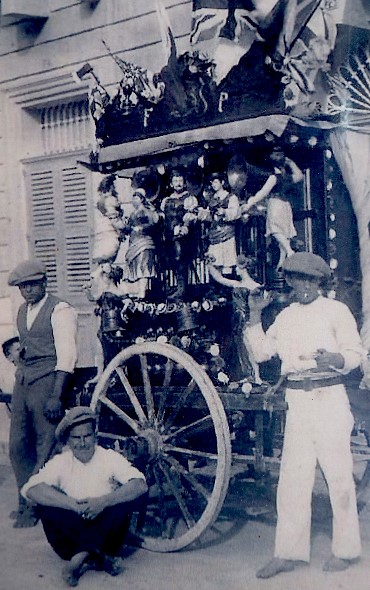
Mari Van Rooy
In Malta, there were typically two people in charge of the terramaxka. While the owner would wind the rope and play the melodies, a helper would go around the village collecting small donations.
There were various different shapes and types of musical organs played on the streets at the time. They were relatively large and needed to be loaded on a trailer, which was pulled by an animal - usually a donkey. The village people would peep out of their balconies and throw coins to whoever was playing the instrument.
This terramaxka filled up the musical void in the lives of the Maltese people. During a time in which local bands were still in their infancy, the terramaxka was often hired out to provide musical entertainment at the most important celebrations. Half a century has passed since then, and there is just one terramaxka left on the islands - Mari's.
"This generation has stopped enjoying this kind of entertainment. When I play on the streets, it's mostly the older tourists and young children who stop to listen and engage. I play different types of music to appeal to different audiences. My generation likes it because it makes them nostalgic, although I have made it a point to incorporate new songs by popular artists such as Bob Marley and Lady Gaga," says Mari.